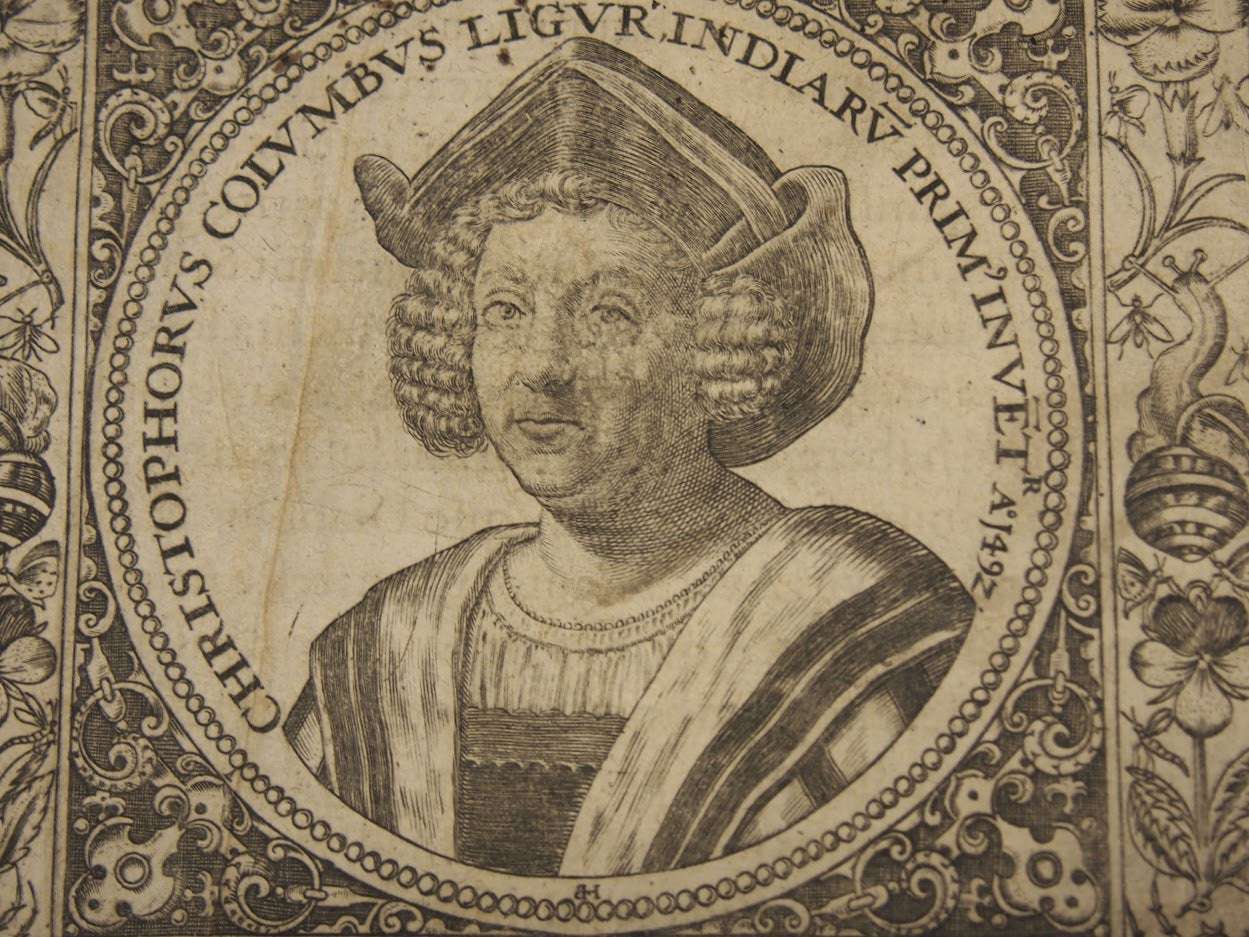Christopher Columbus encountered three mermaids in the Caribbean Sea on January 8, 1493.
– Christopher Columbus saw three mermaids in the Caribbean Sea
– Earlier, Columbus saw a mermaid off the coast of Africa
– Mermaids part of Western culture since 1000 BCE
Christopher Columbus encountered three mermaids on January 8, 1493 somewhere in the Caribbean Sea. Unfortunately, Columbus’ log, his daily account of his seven-month first voyage to the New World, is lost. Therefore, we don’t get to read Columbus’ first-hand account of the event. However, Bartolome de Las Casas did read Columbus’ log and wrote up synopses of some portions and copied word-for-word other parts. Las Casas’ version of the log is what historians use as a primary source for Columbus’ first voyage.
The entry for Columbus’ log for Wednesday, January 9, 1493 reads:
On the previous day, when the Admiral had gone to the Rio del Oro, he said he saw three mermaids, that came very high up out of the sea; but they were not so beautiful as they are depicted for only after a fashion had human form in their faces. He said that he had seen some on other occasion in Guinea, on the coast of Malagueta.
Columbus described seeing mermaids as least twice, once off the coast of Liberia (Malagueta coast) and once in the Caribbean.
Close up of mermaids from Ortelius, Indiae Orientalis,1572. Note how they are using mirrors and combing their hair.
It’s tempting to ascribe a rational explanation for what Columbus saw. The common explanation is that he encountered manatees and not mermaids.
Whatever Columbus saw, he fit the new experiences and phenomena he witnessed in the New World into his existing mental framework and knowledge shaped by the European medieval period. That framework included the long-known fact that mermaids existed.
The first description of a mermaid comes from Assyria in 1000 BCE. From there mermaids entered Mesopotamian, Greek, and Roman cultures during antiquity, and European and Arabic cultures during the medieval period. At the time Columbus wrote, mermaids had existed in writing and in the collective knowledge base for at least 2,500 years. It makes perfect sense that Columbus thought he saw a mermaid.
Mermaids were part of life in Columbus’ day. In a formal education, students read about mermaids in Pliny the Elder. The royal House of Luxembourg was founded by a mermaid named Melusine. Nations with coastlines told stories of mermaids stealing from sailors, swimming inland and being adopted by humans, and revealing locations of treasures as rewards for kindness and generosity.
Manatees weren’t swimming around in ancient Assyria or founding royal houses in the Low Countries, so I don’t know what Columbus saw when he encountered three mermaids in the Caribbean Sea.
However, what I is more important is what Columbus actually thought he saw – which was three ugly mermaids swimming in the Caribbean Sea. This is not unlike his contemporaries who unicorns on a regular basis – in books including the Bible, in Pliny, and in the Physiologus and bestiaries; via first-hand sightings in the Canada, Saudi Arabia, and Indonesia; and the physical remains of unicorn horn or alicorn in the likes of the Horn of Windsor owned by Elizabeth I, a bishop’s crozier like the one in Iceland; or in a church in the Netherlands.

monolake78 on July 10th, 2021 at 12:49 UTC »
Yaarggh...not a looker among them
elvisonaZ1 on July 10th, 2021 at 12:10 UTC »
Not half as beautiful, but on a cold winters night when you be been at sea for months on end………..
mhayden1981 on July 10th, 2021 at 12:09 UTC »
Mermaid theory